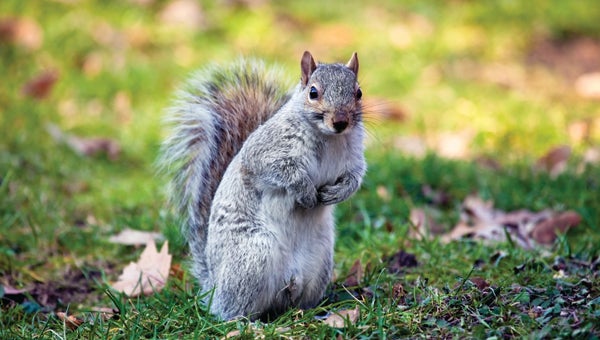
By Patrick Cook / Regional Extension Agent
Hunting season is just around the corner.
Many Chilton County residents are already preparing for the upcoming deer season by planting food plots and installing tree stands.
Some are also planning to introduce a youngster to hunting this year.
I often hear hunters complain that a young person in their family expresses a complete lack of interest in hunting despite their numerous attempts to introduce them to the sport.
Although not as pronounced in Alabama, hunter recruitment is suffering across the nation and could have dire consequences to wildlife conservation in this country since most wildlife conservation activities are paid for by hunters.
More important to the person trying to introduce youth to hunting is that they will be unable to share the experience with someone important to them.
So, why are the youth of today less interested in hunting?
There is no simple answer to that question. Many place the blame on video games and other forms of entertainment that are “stealing” their attention; that is probably part of the reason.
Overall, our society is changing such that even rural people live urban lives, and part of the driving force of that change is technology. There’s not much that can be done about that.
However, many of us in the wildlife profession think there is at least one factor that you can control that can greatly increase the chances of a young person taking up hunting.
If you’re a hunter, chances are you’re a deer hunter.
If you’ve introduced a child to the sport of hunting, chances are you took them deer hunting because that is the kind of hunting you do.
However, think back to when you first started hunting. Did you go deer hunting? Your answer is probably no.
Although deer is the most commonly hunted species today, surveys conducted by several state wildlife agencies have found that deer was not the first species hunted by most current hunters. Most began the sport by hunting small game species.
In particular, squirrel was a common first quarry. A study conducted by the U.S. Fish & Wildlife Service found that children of hunters who hunt small game species, such as squirrel, at least some of the time were more likely to hunt themselves versus children of hunters who only hunted deer or other big game.
Although not definitive, these findings suggest that introducing youth to the sport of hunting through small game hunting rather than deer hunting could improve the likelihood of success. What’s wrong with deer hunting? It’s not that there’s anything wrong with deer hunting.
However, deer hunting may not always be the best way of introducing youth to the sport of hunting.
Deer hunting tends to require a great deal of patience. There’s a lot of sitting still and staying quiet, not something children typically enjoy.
Let’s compare that with squirrel hunting. Squirrel hunting doesn’t require nearly the amount of patience that deer hunting does.
When squirrel hunting, you can move around more and even talk some.
There is also a much greater chance of a youngster harvesting an animal.
Overall, if a youth is taken squirrel hunting, he or she is more likely to have fun, and hopefully, continue to hunt. The key is fun.
For many kids, sitting in a tree stand is simply not fun.
So, if you plan to introduce a young person to hunting this fall or you’ve tried taking them deer hunting in the past and had no luck sparking their interest, consider taking them squirrel hunting this hunting season.
You may even re-discover a form of hunting that you haven’t enjoyed in a while. Also, you stand a much greater chance of that child becoming a hunting buddy.
